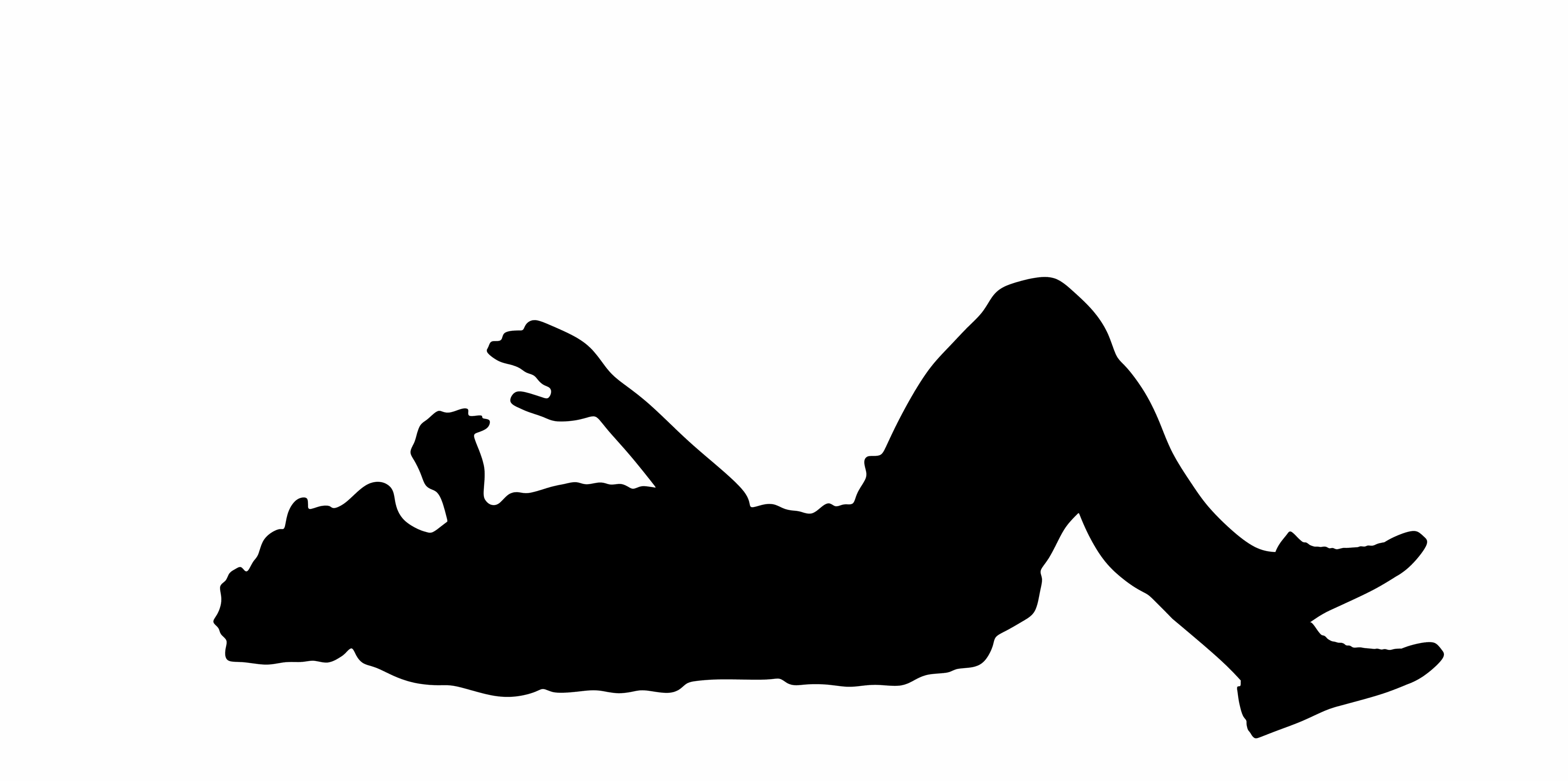Repeated Falls Are Concerning, So Here Are Some Things Caregivers Can Address

<![CDATA[
Dear Carol: My 82-year-old mother has been in relatively good health but lately she’s experienced several falls. I only know this because I see new bruises during my daily visits. If they are from a fall, she’ll admit it, but brushes the fall off as her just being careless. I’ve told her that a bad fall could change her life, but she’s stubborn. If I push it, I’m afraid she’ll start covering up the falls rather than addressing them. How do I convince her to take falling more seriously?
– MKDear MK: It’s not unusual for older adults to not report falls or minimize the risk. Some will go to great lengths to conceal any new bruise. This comes from an understandable fear of others taking over their lives to “keep them safe.” For this reason, I recommend that you continue to address her falls with compassion and tact.
What you can do now
Firstly, remind your mom that fall prevention is vital to her continued independence. Offer to work with her on evaluating her home to eliminate tripping hazards such as scatter rugs, extension cords, or loose carpet corners. Install good lighting everywhere and grab bars where needed.
Suggest a checkup. If she resists, back off for a bit, but try again later for an unrelated reason such as routine blood work or a medication adjustment. She may be more open to that, and you can bring up the falls during her appointment.
Her doctor should review her medications and dosages since many prescription drugs can increase fall risk. Chief among them are anticholinergics such as sedatives, tranquilizers, or sleeping medications.
Blood pressure medications, or even attempts to keep an older adult’s blood pressure too low, can also contribute to falls. Geriatricians suggest blood pressure readings be taken both sitting and standing. It’s about risk vs. benefit.
Tests to rule out anemia, an electrolyte imbalance, or infection might be considered.
Address pain. Knee or hip pain can cause people to favor one side, throwing off balance.
Together with her medical team
Her gait and general balance should be evaluated. Specific exercises can help so physical therapy may be in order.
Vision and hearing loss should also be addressed.
Make sure her shoes fit well and are comfortable.
Caution her to use handrails on steps since a glitchy knee or hip could give way suddenly, sending her down the steps.
Could she benefit from a cane or walker? People often resist mobility aids because they feel it makes them look old. Thank societal ageism for that. You could point out that wearing glasses is considered stylish. It’s all about perception. Thanks to older adults making up an increasingly large part of society, smart marketers now offer stylish options that can come in fun colors and designs.
You might find this video from Better Health While Aging on fall prevention helpful.
I hope some of these ideas help and, ideally, your mom gets a medical evaluation. Best wishes.
]]>


